

The bastions (baluardi) around
the enceinte are in total seven. Of them, the five inland bastions are
heart-shaped (from E t W the bastions Vitturi, Jesu, Martinengo, Bethlehem and
Pantokrator) and they were attached to the curtain walls (cortine) through
necks (gole), on each side of which there were low terraces (piazze basse) for
the heavy powder guns. The two bastions situated on the coastal edges of the
fortress (the bastions Sabionnara to the NE and St.
Andrew to the NW) here incomplete in shape and narrower in dimensions due to
their position. There was also a half-bastion connecting the inland enceinte
with the port (half-bastion of the Arsenals) and a single lobe on the side of
the St. Francis half-bastion, in the northern end of the “reverse platform”
(piattaforma rovescia), which was constructed between this lobe and the Vitturi
bastion, due to the shape of the ground. Additional bastions were erected over
the necks of the bastions Sabbionara, Vitturi and Martinengo and a secondary
bastion over the Arsenals (Barbaro). The second bastion over the bastion of St.
Andrew is an Ottoman addition.
The bastion Sabbionara or
Sabbionera (of the Sand) was originally called Little Martinengo (Martinengo
Picolo) in honor of Gerolamo Martinengo (1548). The bastion Vitturi, was
originally called Kallergis Corner (Cantone Calergi), later bastion of St.
Eleutherios, from the small church nearby, and finally Vitturi in honor of the provveditore
Giovvani Vitturi. The Jesu bastion took the name of the small homonymous church
of the outer side. The Martinengo bastion took its name in honor of the condottiere Gabriele Tadini Martinengo (1520). The
bastion of Beethlehem took the name the Virgin of Beethlehem, a small church in
the inner side. The bastion of Pantokrator or Panigra bear originally the name
of St. Anthony, that of the church in the outer side; but after 1562 the name
of the church of the inner side prevailed.
Finally, the bastion of St. Andrew was originaly called bastion of the
Holy Spirit, from the church of the outer side, but finally prevailed the name
of the church of the inner side, St. Andrew.
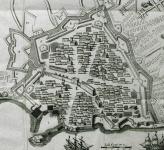 | 4. The fortifications of Candia | |
|---|---|---|
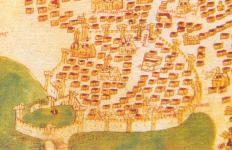 | 4.1 The older enceinte of Candia | |
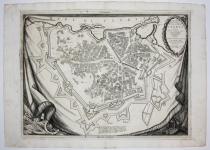 | 4.2 The fortifications of the 16th c. | |
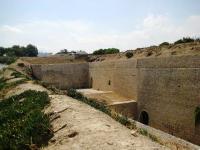 | 4.2.1 The Bastions | |
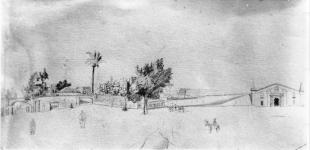 | 4.2.2. The Gates of Candia | |
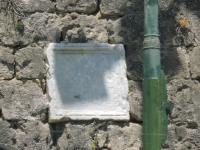 | 4.2.3 The coats of arms and the emblems | |
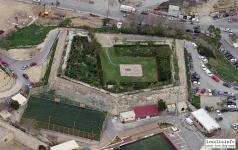 | 4.3 The fortification walls through the centuries |